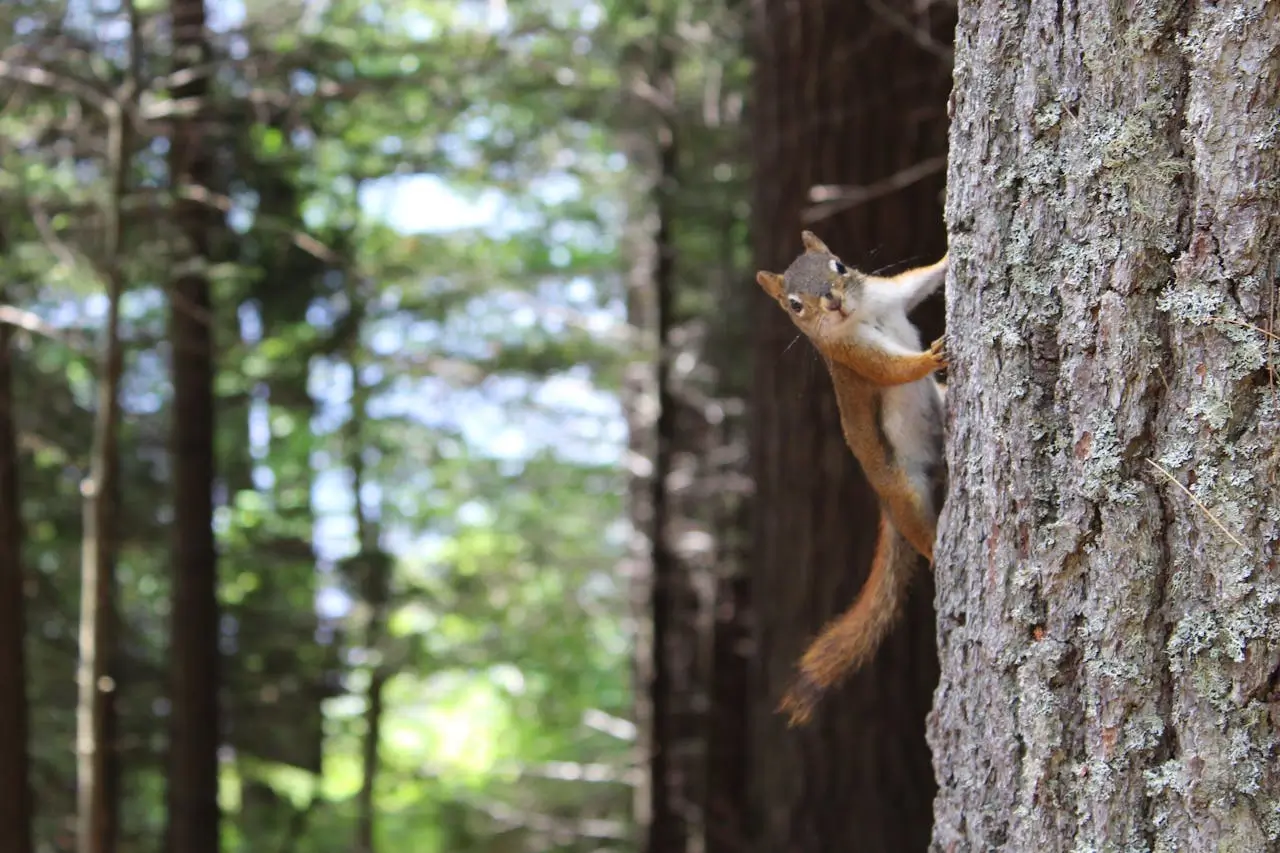Do you look out the window, see squirrels, and start the chase? Chasing squirrels is also referred to as Shiny Object Syndrome. Personally, I tend to move onto things, often too quickly, chasing that new squirrel.
Now, I’m all for chasing our ambitions and fostering our inner child or curiosity, but to what extent can that become a negative attribute over a positive one?
Or do we listen to our instinct to chase the squirrels, often, many, many of them, throughout the day?
In this article, I want to discuss the Shiny Object Syndrome.
Let’s Dive in.
What is Shiny Object Syndrome?
Essentially, the shiny object syndrome is gravitating to a new thing that catches our attention.
We tend to lose focus on the older thing and move on to the new shiny object.
This action can happen multiple times a day, week, month and so on.
What Causes Us to Shift Focus?
Personally, I think the flow of focus looks like the following: I find something interesting, I explore that thing, either build it or learn about it.
This happens just at the point where I know enough about the thing that I am somehow satisfied. At this stage, either I see a new shiny object, aka chasing squirrels, or I begin to get bored of the previous thing, procrastinating on spending more time on it.
I feel like, and this isn’t some study here, that my personality, my brain wants, is excited to learn new things. Acquiring that newfound understanding of something, learning enough about it until I feel satisfied.
In other words, “A Jack of All Trades and a Master of None,” I’m sure you have heard that expression.
How Do You Regain Focus?
Regaining focus in our increasingly distracted world is difficult. With all the constant pings from various devices to our shortened attention span.
Firstly, identifying the root cause of distraction—be it digital overload, stress, or a cluttered environment—is important.
Next, we want to give ourselves time to think about specific goals, breaking tasks into manageable chunks, and utilizing techniques like the Pomodoro Technique.
Establishing a tidy workspace, limiting notifications and social media exposure, and scheduling regular breaks to rest the mind is essential.
Incorporating mindfulness practices, such as meditation or deep-breathing exercises, can also improve our ability to focus by reducing stress and enhancing mental clarity.
But all the above is sometimes easier said than done. I’ve had this thought about building a shed or outdoor workspace whose main purpose is to provide a place to think clearly.
Use the workshop time to work without technology unless needed to do the work itself. I feel like just getting out as many distractions as possible would help to foster more things getting done over trying to cater to one hundred different tasks at once.
I have a shed that needs to be rebuilt anyhow, so will see if perhaps over the summer I redefine the shed into a workspace.
Final thoughts
The feeling of being curious and creative and learning new things isn’t a bad thing.
However, learning how to harness this skill can help streamline our thoughts, get more work done and achieve our goals.
Sometimes we just need to remove all distractions and think quietly, or in other words meditate. Focus on one goal or task we want to achieve and get it done.
So find a quiet place, remove all technology, and just breathe, think and push towards whatever goal you choose!
- What Drives Curiosity?
- Curiosity Unleashed: Exciting Learning Strategies to Fuel Your Intellect
- Fuel Your Success: Mastering Intellectual Curiosity in the Workplace
- The Top 8 Meditation Cushions for Comfortable Mindfulness Practice: Reviews and Comparisons
- What is Mindfulness in Relationships? A Complete Guide to Deeper Connections


